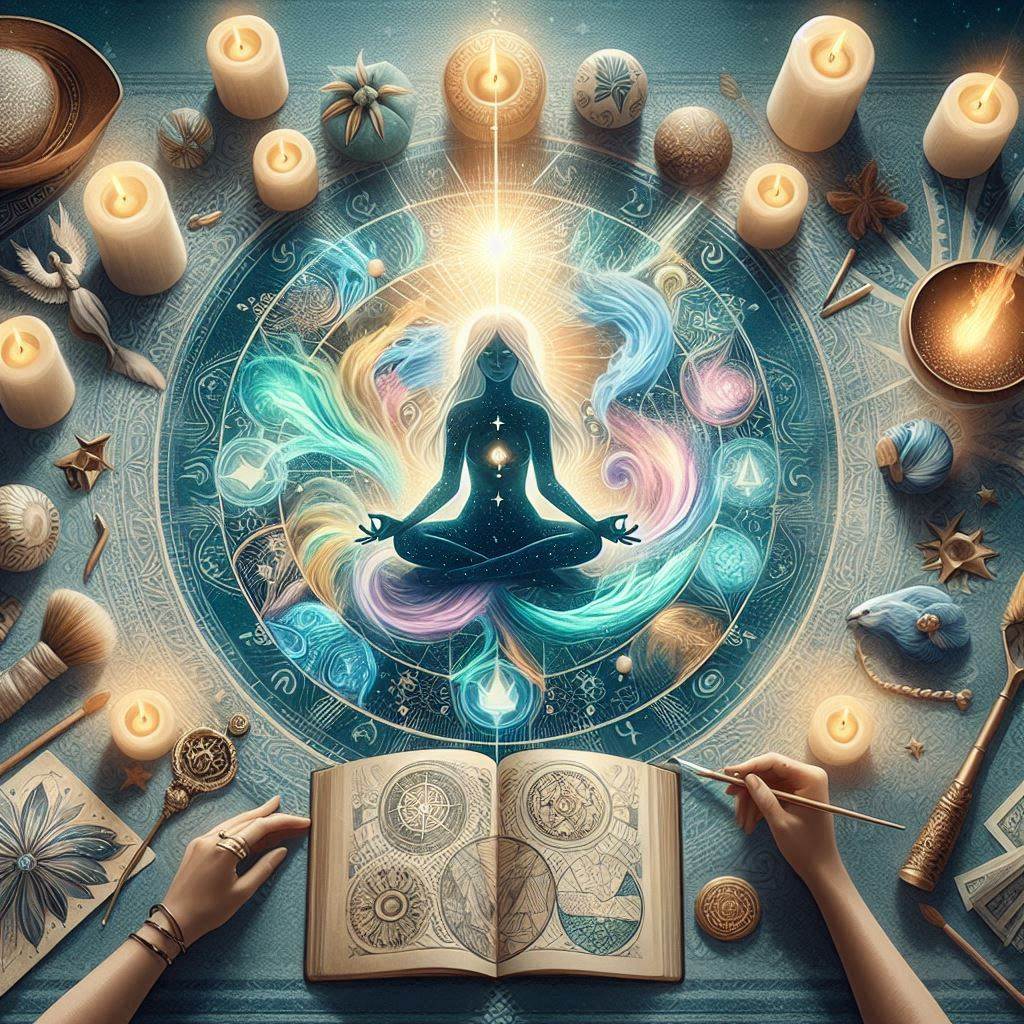Your cart is currently empty!
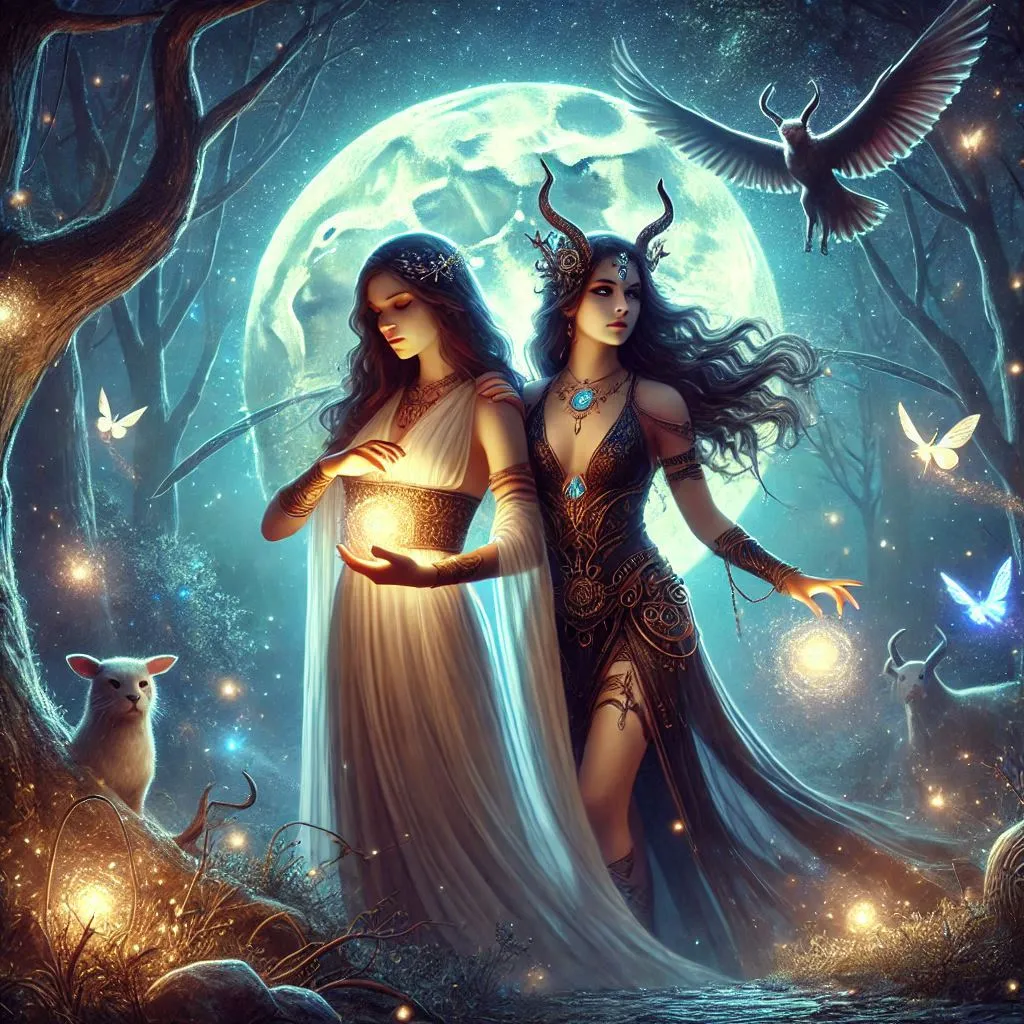
Ritual of the Month: Crossroads Ritual in Honor of Nyx and Hecate
The Crossroads Ritual in honor of Nyx and Hecate is a sacred ceremony designed to connect practitioners with the profound […]
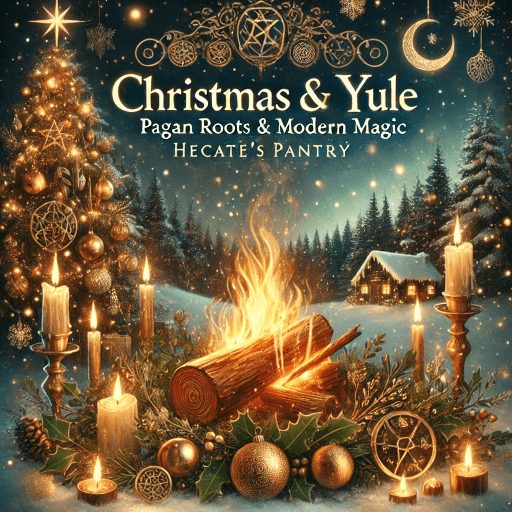
Christmas and Yule: A Tale of Two Winter Celebrations
Winter is a season of enchantment, a time when the days grow short, the nights long, and the air crisp […]
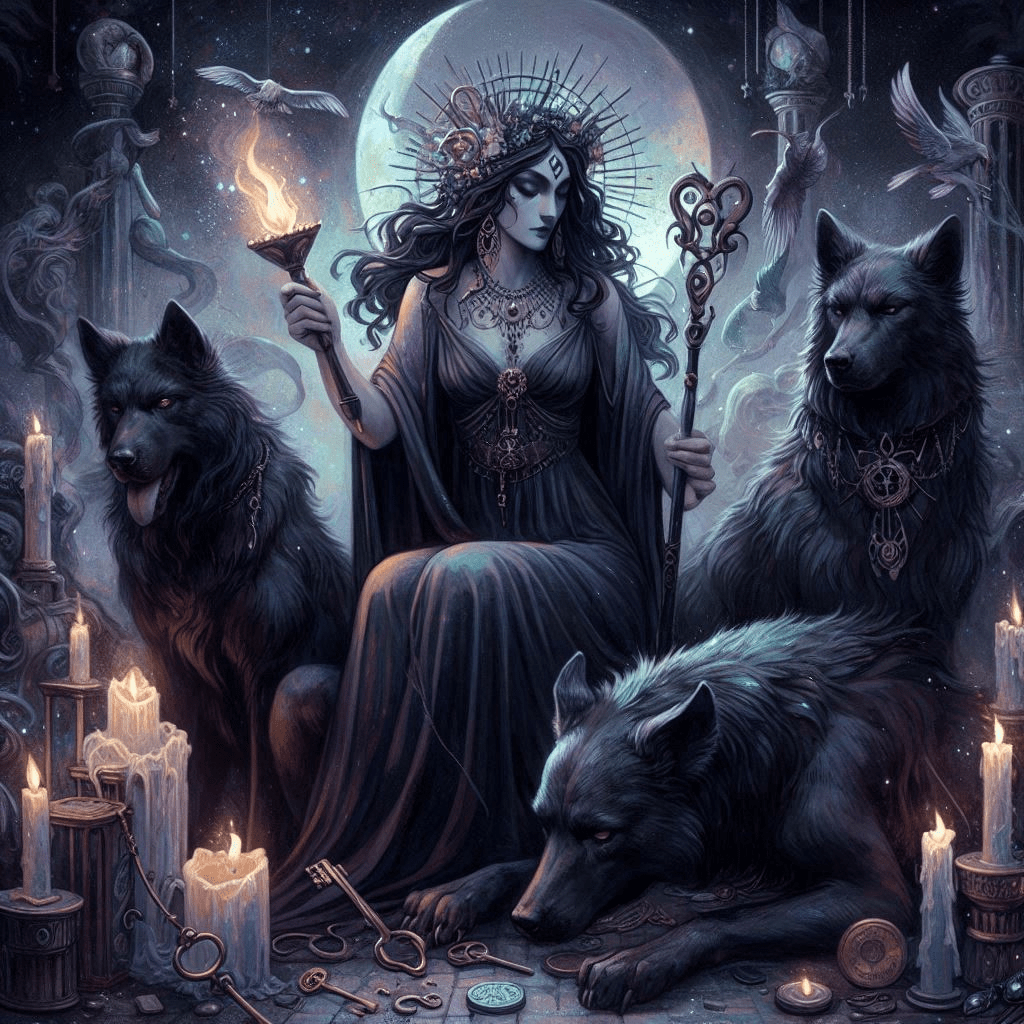
Divine Spotlight: Hecate – Goddess of Magic, Crossroads, and the Moon
Divine Spotlight: Hecate – Goddess of Magic, Crossroads, and the MoonIn the tapestry of ancient mythology, few deities command as […]
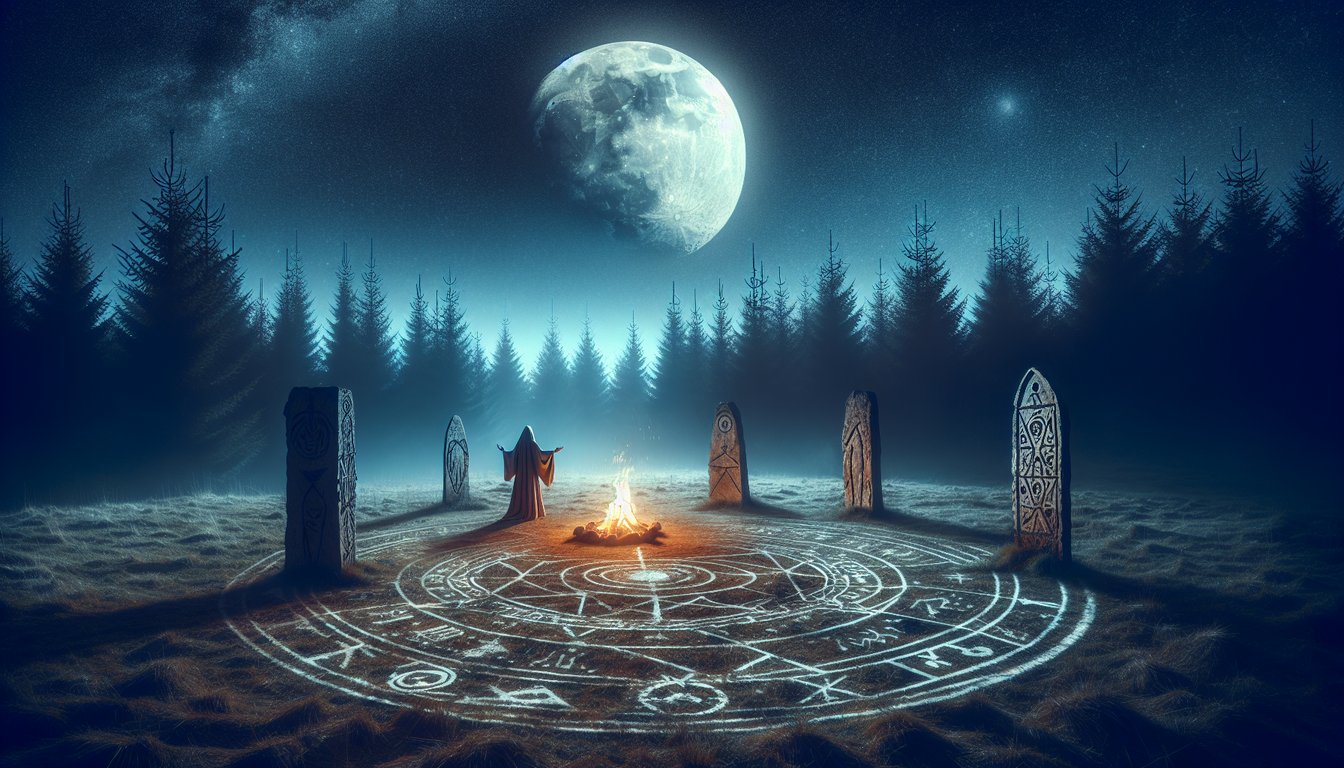
✨ Ancient Rituals: Unlocking the Secrets of the Divine ✨
Since the dawn of civilization, humanity has sought ways to connect with the sacred and the infinite. Across the ages, […]

Eternal Echoes of Loneliness
In shadows deep, where echoes sleep, Loneliness carves its throne. A hollow cry, the silent weep, A heart that’s turned […]

The Sacred Role of Graveyard Soil in Rituals
In the shadowed corners of the world, where the veil between the seen and unseen grows thin, lies a substance […]
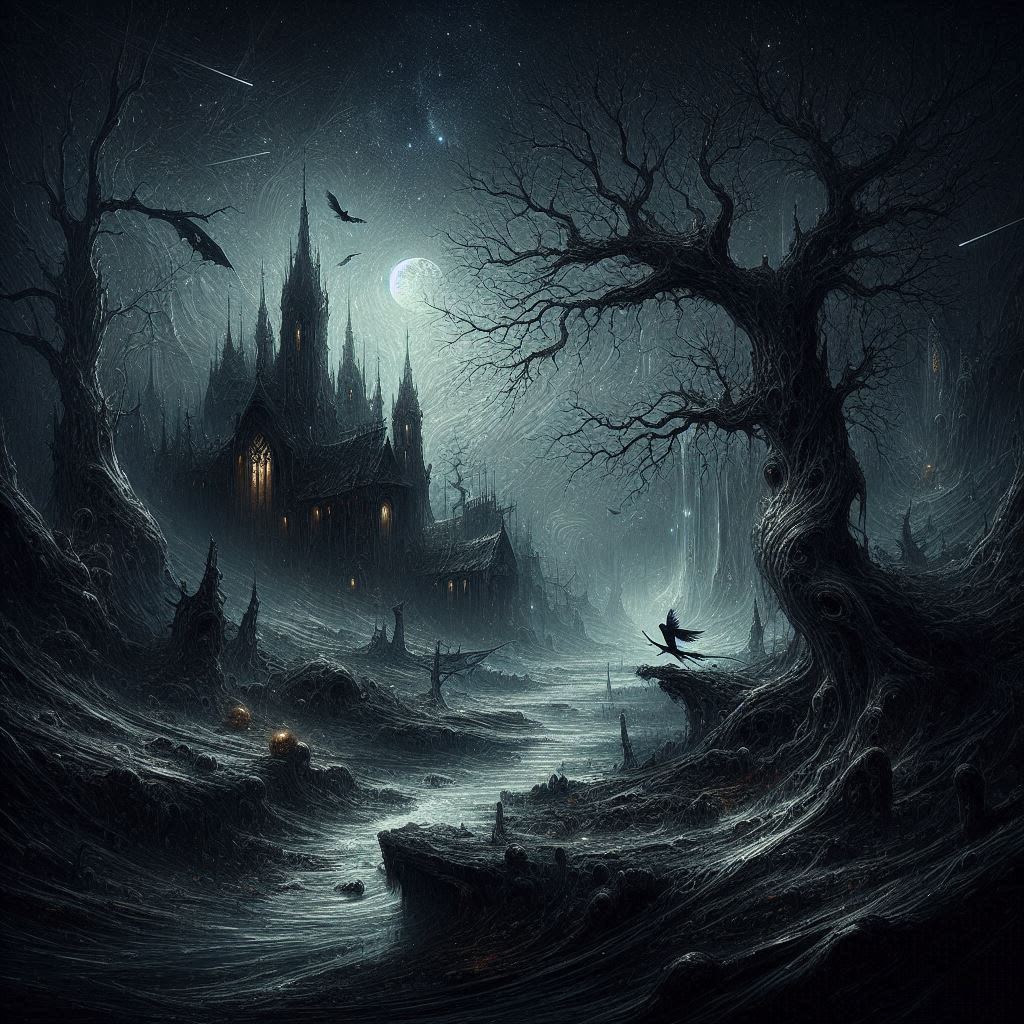
Whispers of the Silent Night
In shadows deep, where time does creep, Loneliness casts its spell. A whisper’s ghost in silence seeps, A heart in […]

The Covenant of Frost and Flame
Chapter One: The Silent WoodsIn the vast, untamed wilderness of colonial America, a small coven of witches—both male and female—struggled […]
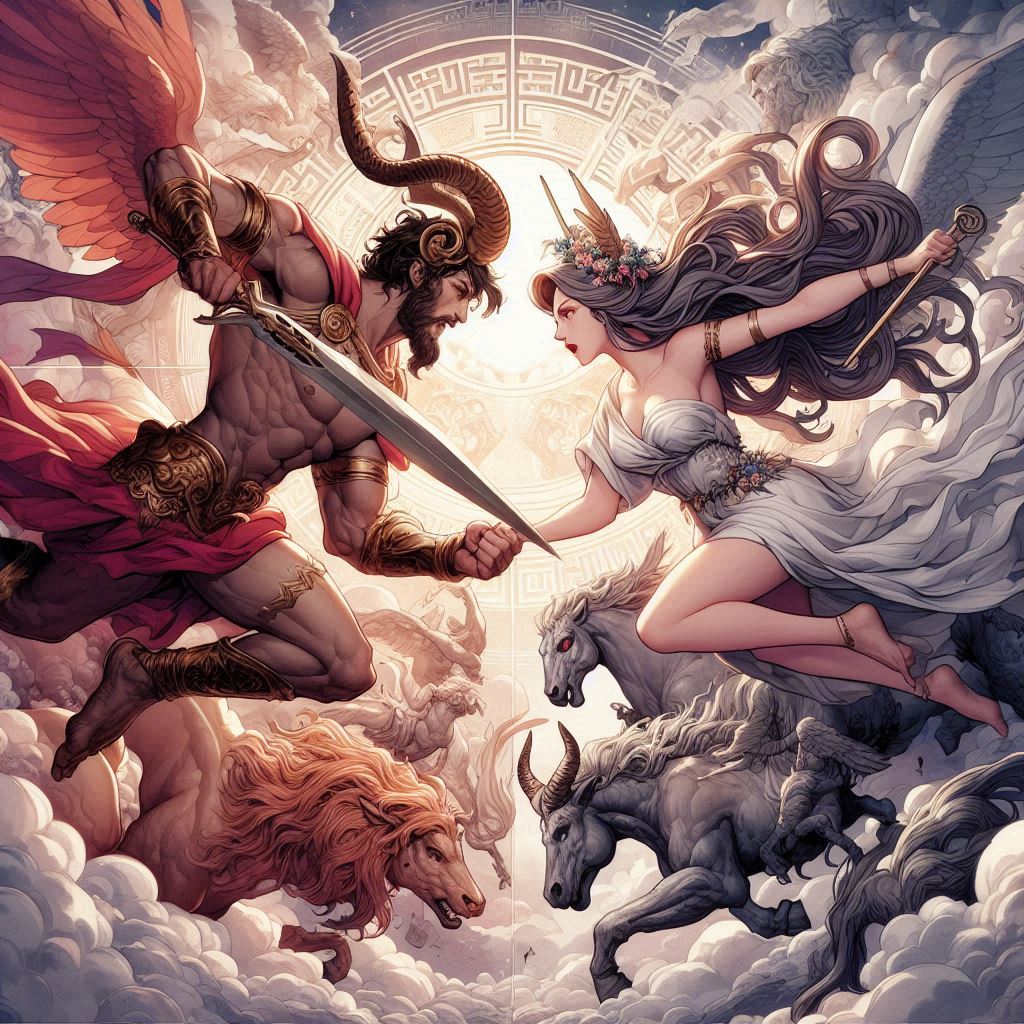
All’s Fair in Love and War: A Personal Comparison of Aries and Aphrodite
In the ever-evolving tapestry of life, few things stir the soul as deeply as love and war. The ancient saying […]
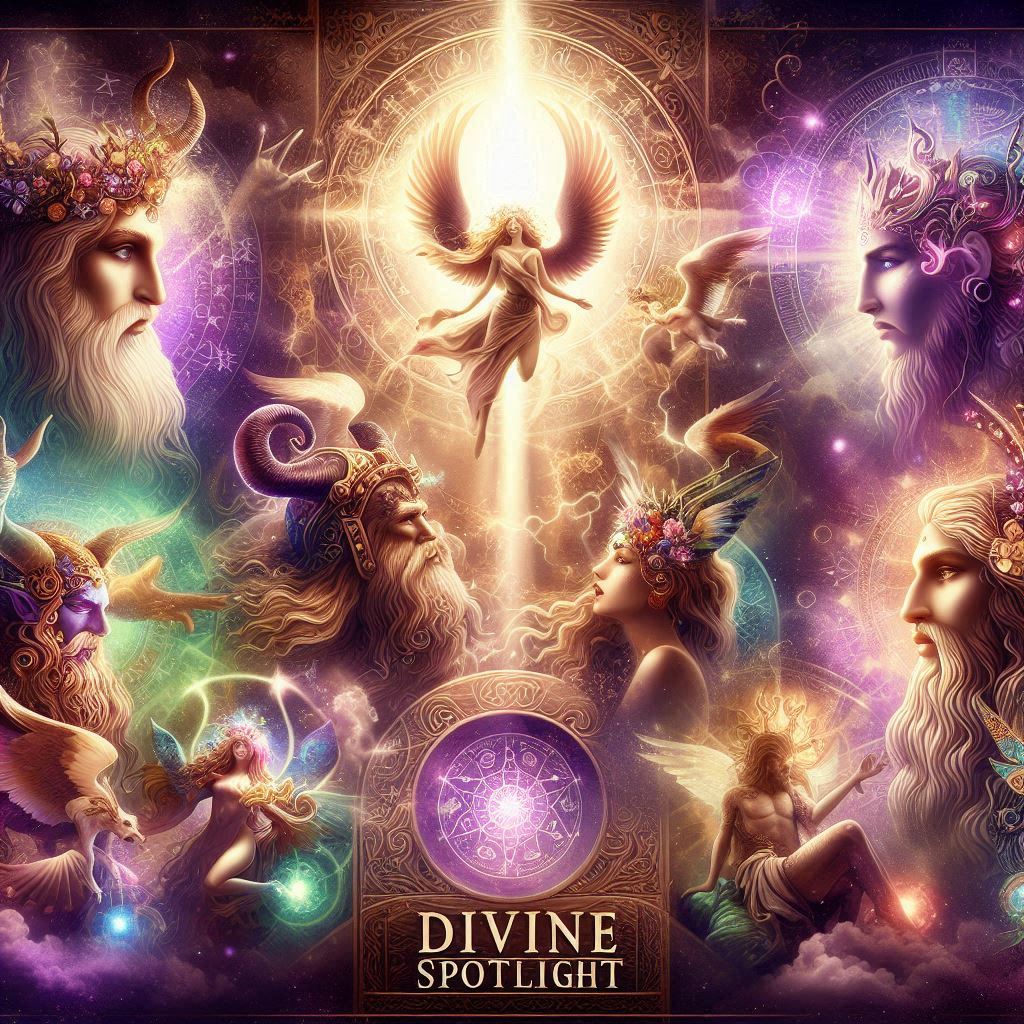
Introducing “Divine Spotlight” on Hecatespantry.us!
Each month, starting in December, we’ll be unveiling a new god or goddess through our blog series ” The Divine […]






